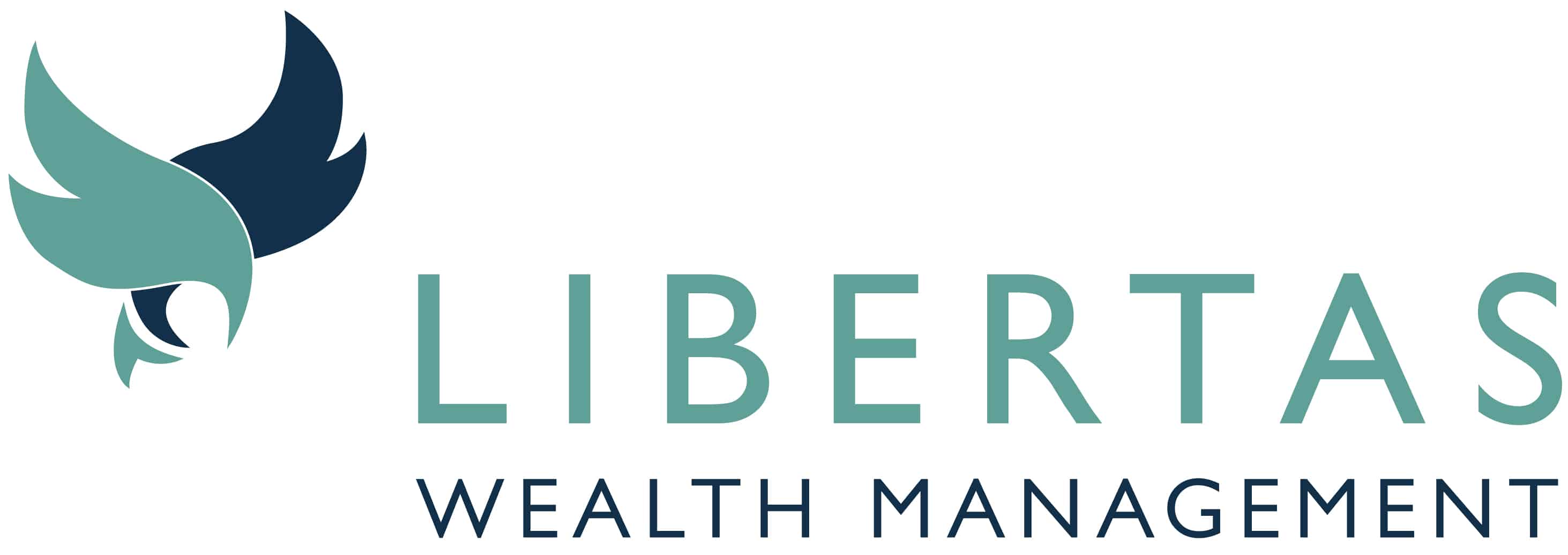Transforming your investment outcomes
Investing through a tax-efficient wrapper, such as an Individual Savings Account (ISA), can give a significant boost to an overall investment portfolio, but they should be blended with an appropriate investment strategy to give the best outcome.
Build up your savings in an ISA and it remains tax-efficient for life, no matter how large the lump sum becomes. Each tax year, we are each given an annual ISA allowance. The current ISA limit for 2018/19 is £20,000.
It is a ‘use it or lose it’ allowance, meaning that if you don’t use all or part of it in one tax year, you cannot take that allowance over to the next year. Utilising your ISA allowance to invest tax-efficiently could lead to significant savings in Capital Gains Tax and even improve your potential returns.
Get the most from your ISA allowance
We’ve answered some questions we get asked about how to best use the ISA allowance to help make the most of their tax-efficient opportunities.
Frequently Asked Questions
Q: What is an ISA?
A: An ISA is a ‘tax-efficient wrapper’ designed to go around an investment. These include a Cash ISA and Stocks & Shares ISA. A Cash ISA is like a normal deposit account, except that you pay no tax on the interest you earn. Stock & Shares ISAs allow you to invest in equities, bonds or commercial property without paying personal tax on your proceeds.
Q: Can I have more than one ISA?
A: You have a total tax-efficient allowance of £20,000 for this tax year. This means that the sum of money you invest across all your ISAs this tax year (cash or stocks and shares) cannot exceed £20,000. However, it’s important to bear in mind that you have the flexibility to split your tax-free allowance across as many ISAs and ISA types as you wish. For example, you may invest £10,000 in a Stocks & Shares ISA and the remaining £10,000 in a Cash ISA. This is a useful option for those you want to use your investment for different purposes and over varying periods of time.
Q: When will I be able to access the money I save in an ISA?
A: Some ISAs do tie your money up for a significant period of time. However, others are pretty flexible. If you’re after flexibility, variable rate Cash ISAs don’t tend to have a minimum commitment. This means you can keep your money in one for as long – or as little – as you like. These also allow you to take out some of the money from your ISA and put it back in without affecting its tax-efficient status.
“Put your 2018/19 ISA allowance of £20,000 into an ISA by 5 April and don’t pay tax on the money your ISA makes”
On the other hand, fixed-rate Cash ISAs will typically require you to tie your money up for a set amount of time. If you decide to cut the term short, you usually have to pay a penalty. But ISAs that tie your money up for longer do tend to have higher interest rates.
Stocks & Shares ISAs don’t usually have a minimum commitment, which means you can take your money out at any point. That said, your money has to be converted back into cash before it can be withdrawn.
Q: What is a Help to Buy ISA?
A: A Help to Buy ISA is an ISA designed to help first-time buyers save up a deposit for their home. The Government will add 25% to the savings, up to a maximum of £3,000 on savings of £12,000. If you pay into a Help to Buy ISA in the current tax year, you cannot also pay into another Cash ISA.
Q: Could I take advantage of a Lifetime ISA?
A: You must be 18 or over but under 40 to open a Lifetime ISA. You can use a Lifetime ISA to buy your first home or save for later life. You can put in up to £4,000 each year, until you’re 50. The Government will add a 25% bonus to your savings, up to a maximum of £1,000 per year.
Q: Is tax payable on ISA dividend income?
A: No tax is payable on dividend income. You don’t pay tax on any dividends paid inside your ISA. Outside of an ISA, you currently receive a £2,000 dividend income allowance.
Q: Is Capital Gains Tax (CGT) payable on my ISA investment gains?
A: You don’t have to pay any CGT on profits. You make a profit when you sell an investment for more than you purchased it for. If you invest outside an ISA, excluding residential property, any profits made above the annual CGT allowance for individuals of £11,700 in the 2018/19 tax year would be subject to CGT. For basic rate taxpayers, CGT is 10% or more. For higher and additional rate taxpayers, CGT is 20%.
Q: I already have ISAs with several different providers. Can I consolidate them?
A: Yes, you can – and you won’t lose the tax-efficient ‘wrapper’ status. Many previously attractive savings accounts cease to have a good rate of interest, and naturally some Stocks & Shares ISAs don’t perform as well as investors would have hoped. Consolidating your ISAs may also substantially reduce your paperwork. We’ll be happy to talk you through the advantages and disadvantages of doing it.
Q: Can I transfer my existing ISA?
A: Yes, you can transfer an existing ISA from one provider to another at any time. If you want to transfer money you’ve invested in an ISA during the current tax year, you must transfer all of it. For money you invested in previous years, you can choose to transfer all or part of your savings.
Q: Do I still need a personal pension plan if I have an ISA?
A: ISAs and personal pension plans are entirely separate, and both can – and most likely will – form part of your financial planning requirements. They both have tax-efficient benefits. An investment-based ISA such as a Stocks & Shares ISA could potentially grow your savings as much as a pension plan in the long term. However, personal pensions have benefits which ISAs don’t have.
For example, the yearly tax-free pension allowance is higher than the yearly ISA allowance. Also, besides tax-efficient interest, you also receive tax back on all your contributions. This is paid at the highest rate of tax you pay, up to a maximum of 45%. If you’re in a workplace pension scheme, your employer will also contribute to your pension plan. From 6 April 2019, the minimum employer contribution is at least 3%.
But the earliest you can take out your pension is age 55. This means there’s no temptation to dip in early. An ISA can be a good way to supplement your personal pension planning. The yearly tax-free pension allowance is in addition to your annual ISA allowance. By using both allowances as much as possible, you’ll maximise your tax savings.
Q: What happens to my ISA if die prematurely?
A: The rules on ISA death benefits allow for an extra ISA allowance to the deceased’s spouse or registered civil partner.
Disclaimer: The information provided in our website blogs is accurate and up-to-date at the time of writing. However, please be aware that legislative changes and updates may occur after the publication date, which could potentially impact the accuracy of the information provided. We encourage readers to verify the current status of laws, regulations, and guidelines relevant to their specific circumstances. We do not assume any responsibility for inaccuracies or omissions that may arise due to changes in legislation or other factors beyond our control.
If you would like any clarification, or have any questions, please get in touch.





